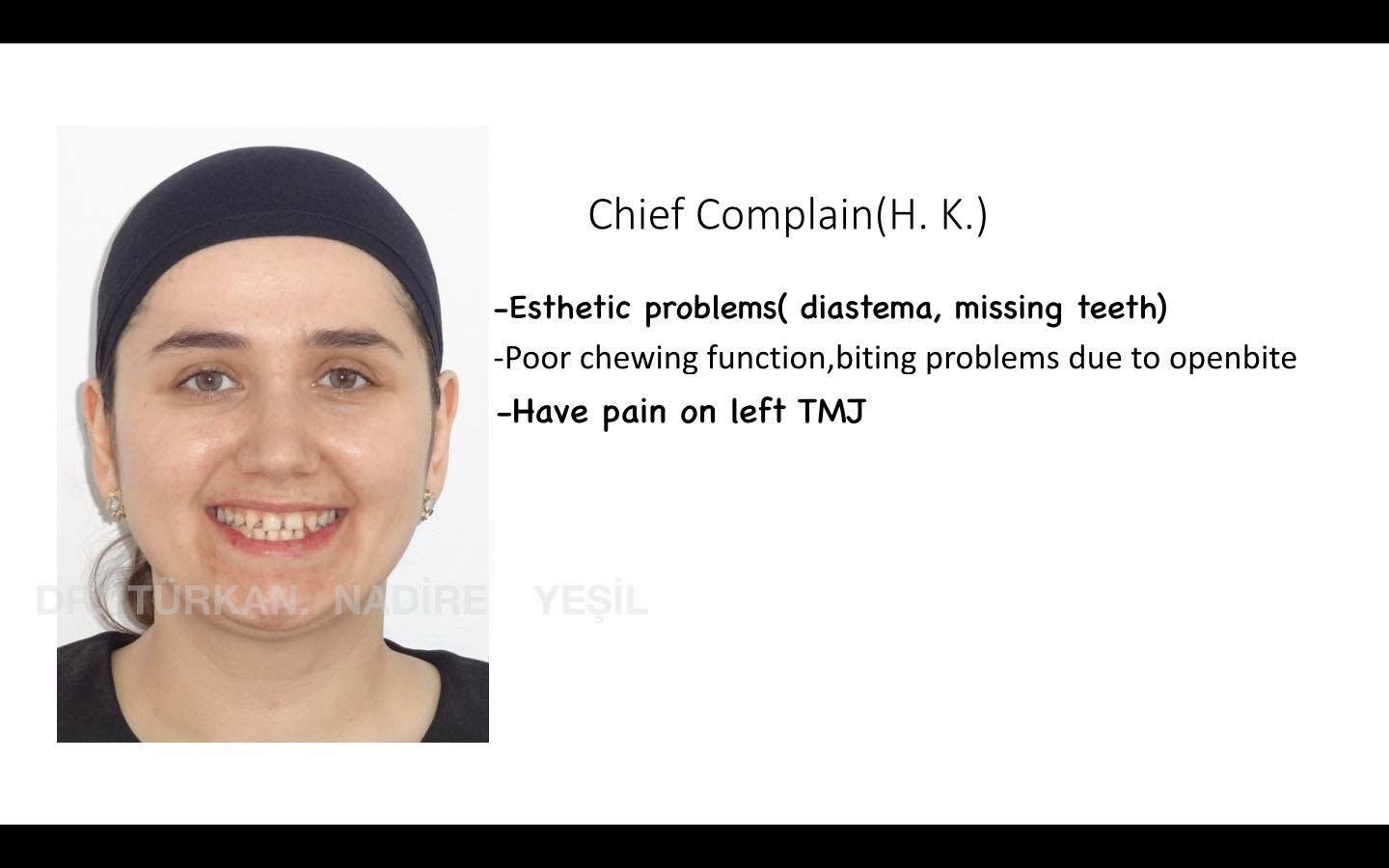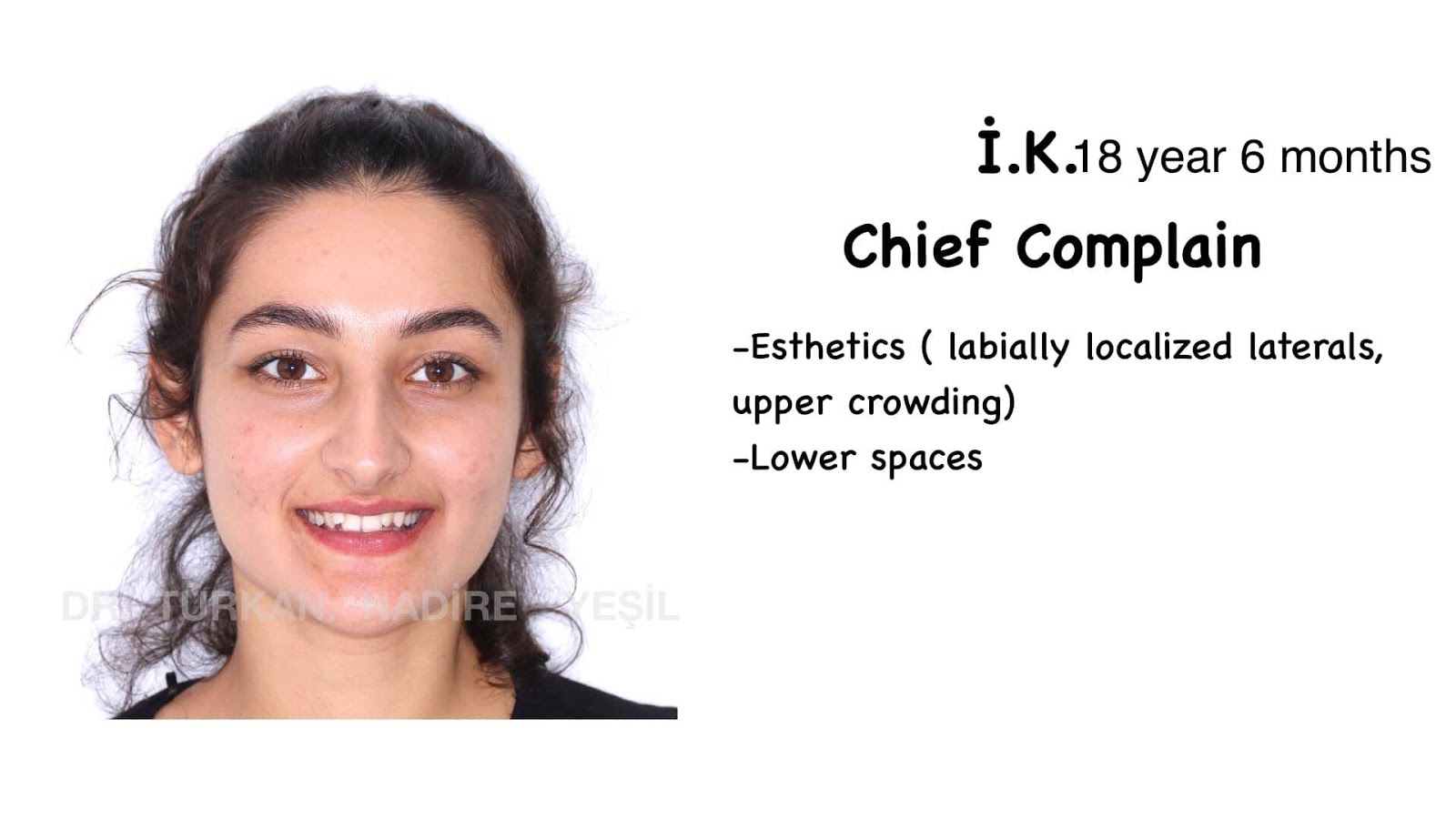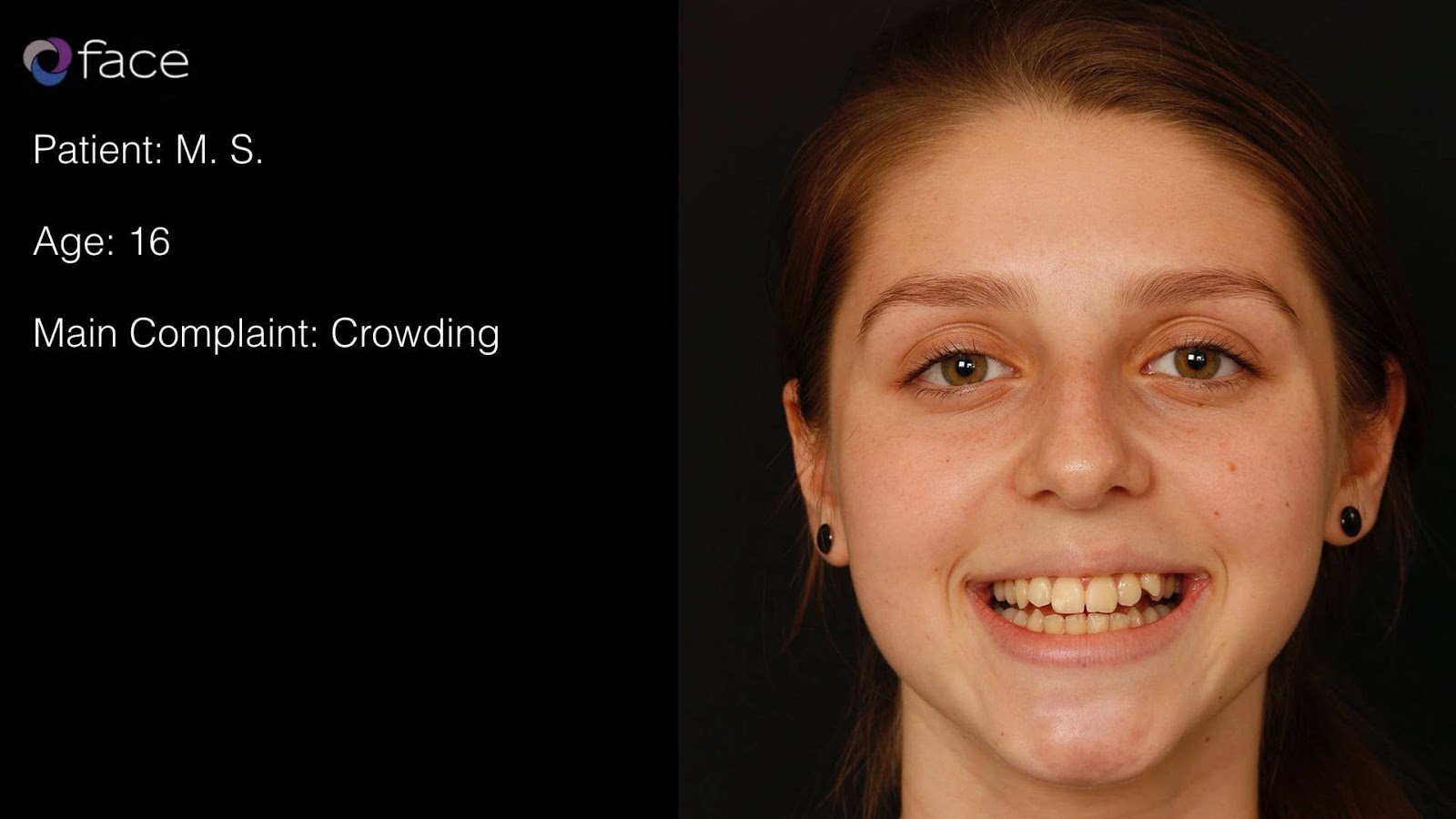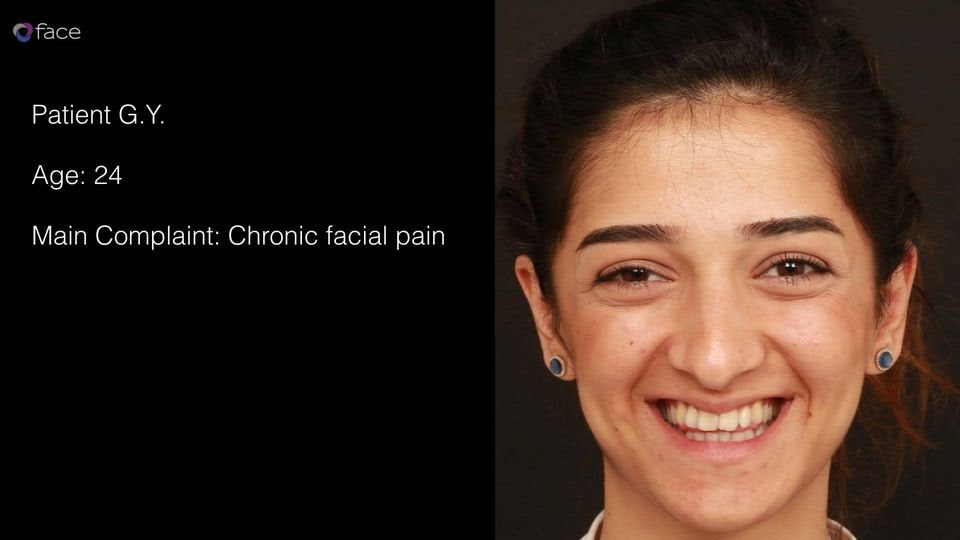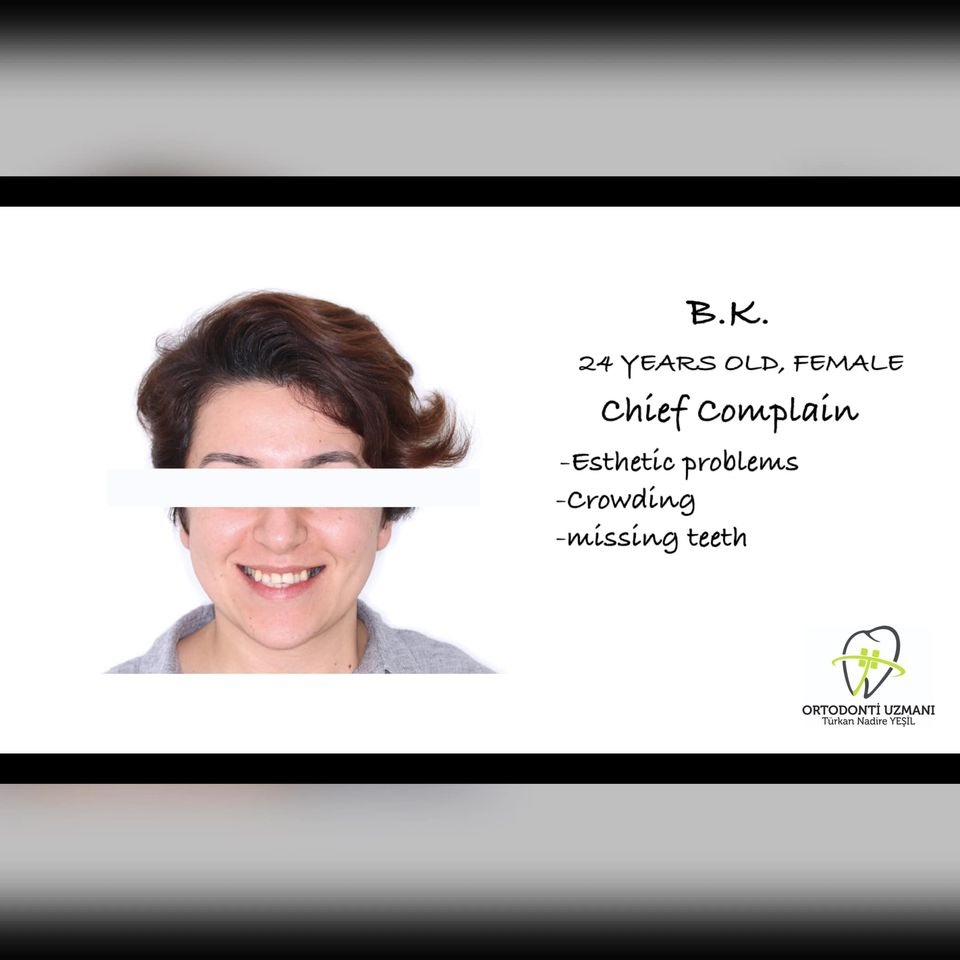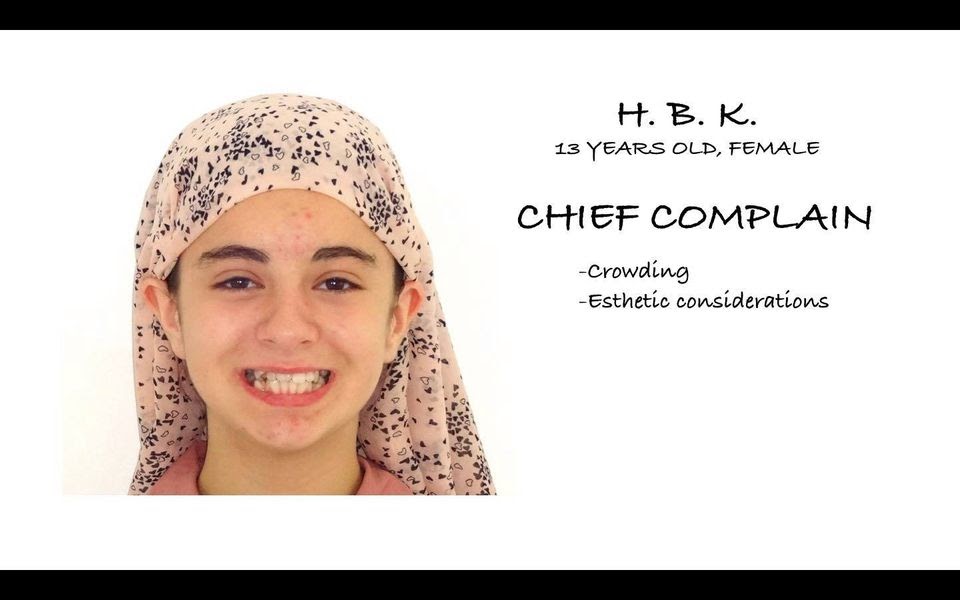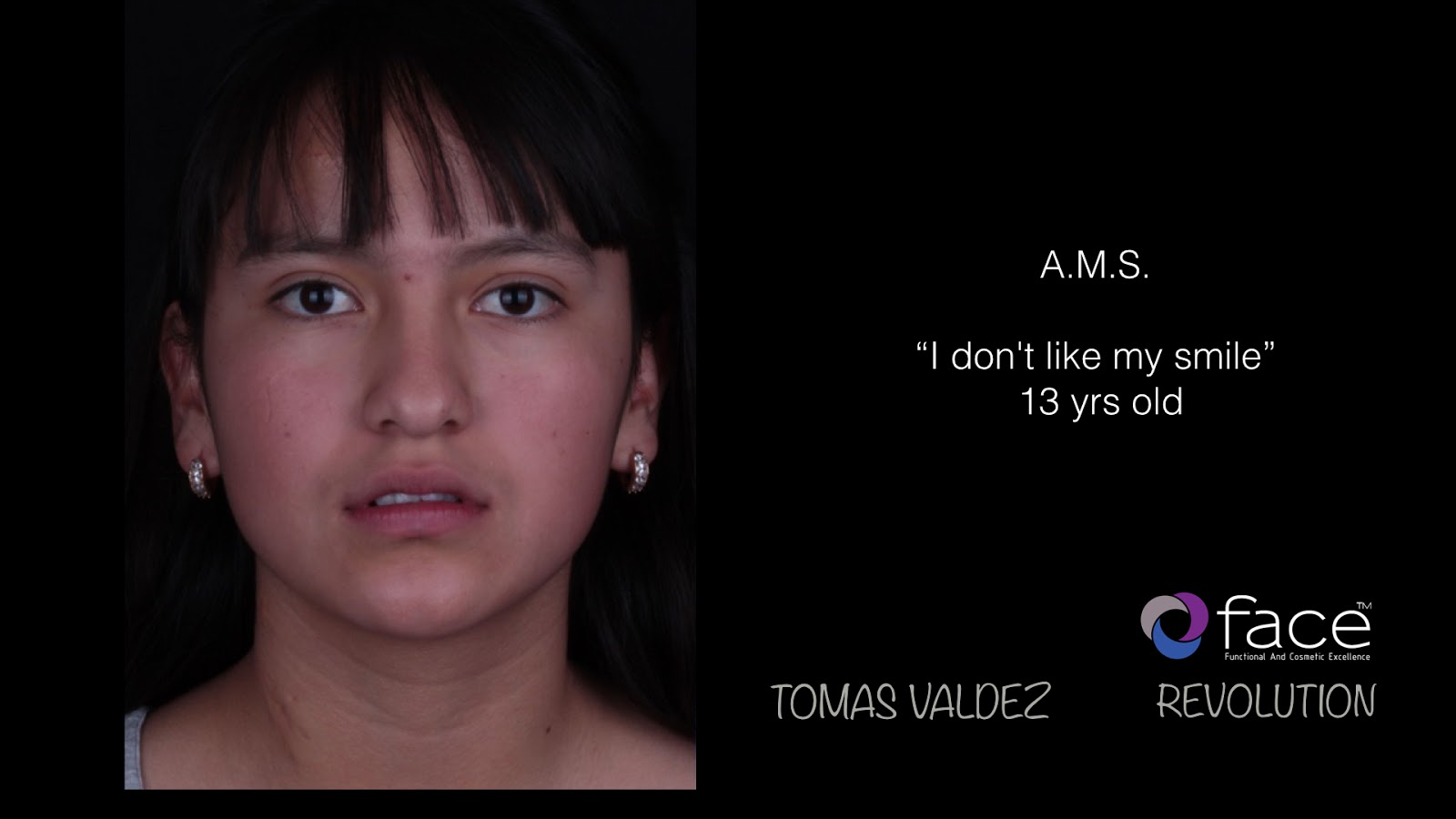Dear Face Revolution friends, I am sharing this case to show how important the right diagnosis and the stable musculoskeletal condition. When she first came to the clinic, she complains about her teeth( diastemas) and also have pain on left TMJ. She was aware of sth going wrong with her TMJ. She wants to fix it all. Both functional and esthetic occlusion. After evaluation, it was decided to start with splint therapy and then prepare to final restorations with orthodontic therapy. Now she has self confidence and feels so happy about the result. It makes us so happy to touch the patient’s life like this.☺
Türkan Nadire Yesil 24.1.21
Hello FACE friends, I would like to share this case to show the beauty of anchorage control and how it relates with good results. She has congenitally missing 34 and 44 and she did not want any implants. So it was decided to ext. of 14 and 24 and close all the spaces with minimum anchorage. As you see in superimpositions, it was done with right mechanics. Enjoy ☺
Ufuk Demir 10.11.20
Hello everybody,
I would like to share another patient which we had treated with splint therapy and extractions.
She was 16 years old and her main complaint was her upper crowding. She has no asymmetries, good incisor exposure and a good smile line and from the profile has a normal vertical growth pattern with a small incisor protrusion. Intraorally she is class I on the right and class II on the left, her lower midline is on the left and also she has a missing lower left first molar.
When we talked with her during the examinations she complaints about chronic headaches and jaw pain. She even used pain killer and antidepressants for a while but they did not help. Her jaw muscles was so tight that it was impossible to relax and move the mandible.
Ufuk Demir 8.9.20
Hello everyone my name is Ufuk Demir and i am an orthodontist from Istanbul,Turkey
I would like to present a case that we have treated with stabilization splint and orthograthic surgery.
When she first visited our office she was already in pain for 4 years. In the past she used various type of splints (hard, soft, upper, lower) and also several kinds of medications(antidepressants, glucosamin chondroidin, naproxyn). She was treated by 4 different doctors and i was the 5th one. One of the doctors was a very famous TMD specialist in Istanbul and he said that some cases are untreatable and she is one of them.
She had asymmetry on her face with increased lower facial height, also she had a negative smile line. Intraorally she has CL1 occlusion with anterior open bite and a mild amount of crowding. When we mount the case in centric relation she didn’t have a large Co/Cr difference. She was in pain and her mandible was hard to manipulate and because of that we cannot trust the first mounting. In her cbct there was no active remodeling in the condyle but the condyle was functioning on the posterior. Because of her chronic pain, we started with full coverage stabilization splint full time. The splint was too thick and she was not the perfect patient. Even she was not perfect, her pain was started to lessen gradually. After several months of adjustment, the splint gets too thin in the posterior that it was perforated and from that point we moved into a 3 piece splint. Total splint time was more than 1 year. After the splint she had no pain but a much larger open bite.
While we were discussing the treatment alternatives we agreed on orthodontics followed by orthognathic surgery because of her asymmetry and retruded profile. Brackets and centric bite blocks were prepared indirectly and we started leveling. After leveling she was ready for surgery. In order to achieve a good occlusion and a good profile we planned a double jaw surgery starting from mandible followed by a multi piece maxillary Lefort1 with counterclockwise rotation of both jaws. Maxilla moved 4mm mandible moved 7,5mm forward. 7 months after surgery the treatment was finished and we achieved a good result both esthetic and functionally. The last video was taken 1 year after her treatment she still has no pain and no functional limitation.
Best regards to all of you from Turkey.
Türkan Nadire Yesil 25.8.20
Hello Dear FACE Revolution friends, this is the first time I would share a case. I am very thrilled about this. Because it is a milestone for me and my orthodontic career to meet with FACE philosophy. Because you understand that this is the best way to treat a patient with stability, function, esthetics and patient satisfaction as soon as you see and learn the way how treatment should be from Domingo. Thanks God for the day we met. This case is a class III tendency case with large CO/CR discreapency with no symptoms of TMD. 36 was missing. To get a stable occlusion we decided to extract 15,25 and 34 and all spaces to be closed. At this story has a real happy end.🤗
Türkan Nadire Yesil 16.11.20
Hello Dear FACE Revolution friends,
I would like to share a case that again has a CO/CR discreapancy but no TMD symptoms and easy to manipulate; also mild maxillary transvers and sagittal deficiency. Even this deficiency exists, it was decided to extract 14 and 24 and 46’s space to be closed. Again right diagnosis brought us to the right final stage.
Greetings from Turkey🤗
Türkan Nadire Yesil 6.10.20
Hello Dear FACE Revolution friends. I would like to share a case that shows us the importance of the evaluation of orthopedic stability in early ages. She was 13 years old when she first came. After mounting, it was found CO/CR discreapency and we started with splint therapy. After 5 months of splint usage, we started orthodontic therapy. 14, 24, 34 and 44 were extracted. The final mounting shows us she is still stable.Greetings from Turkey🤗
Tomas Valdez
Hola amigos soy Tomas Valdez ortodoncista de la Ciudad de México quiero compartir con ustedes el caso de una paciente resuelto con: Brackets Face, extraciones de 2os premolares superiores e inferiores, cierre acelerado y control vertical con topes céntricos.
Muchas gracias por permitirnos participar en este excelente grupo!!!
Hello friends, I am Tomas Valdez, an orthodontist from Mexico City. I want to share with you the case of a patient resolved with: Face Brackets, extraction of 2nd upper and lower premolars, accelerated closure and vertical control with centric stops.
Thank you very much for allowing us to participate in this excellent group.
Salvador Congost
Dear FACE Revolution friends,
congratulations to your group… we need orthodontists like you very badly!
My Name is Salvador Congost, I’m a restorative dentist from Bavaria, Germany. Domingo asked me to present a case here in your group and I was thinking about which type of case possibly could be interesting for you. I decided to pick out a recent case which also could have been a surgery case or an ortho case. But in that case, we came along with a pure restorative solution. What I want to point out is that you as orthodontists can count on the power of restorative dentistry. So, if you cannot reach a perfect solution we are here! In fact, I personally believe that no case can be perfectly finished without restorative dentistry…. we are detail fanatics in our field as you are in your field:-) And there are many details which help to make a case stable and long-lasting for a very long time. Of course, we always have to establish orthopedic stability but the same importance belongs to tooth forms because there we have the chance to create micro-stability for hard and soft tissues with every chewing stroke we do, or – we can make that impossible.
Roxana Rugina
Hello dear FACE Revolution friends! Today I would like to share an interdisciplinary case, a skeletal class II, hyperdivergent with severe crowding. The first treatment plan included orthognatic surgery to correct the facial esthetics but she refused, so we treated her non surgical.
Our second treatment plan included four premolar extractions with corticotomies in the lower jaw from one extraction site to the other, bone grafting and vertical control. After the ortho treatment, my colleague Dan Lazar continued the treatment with selective grinding and composites to achieve proper occlusal contacts and correct pathways.


